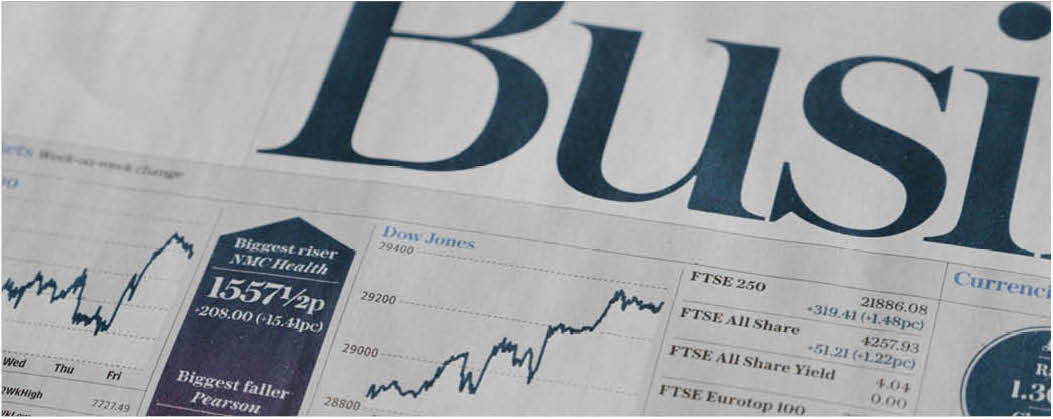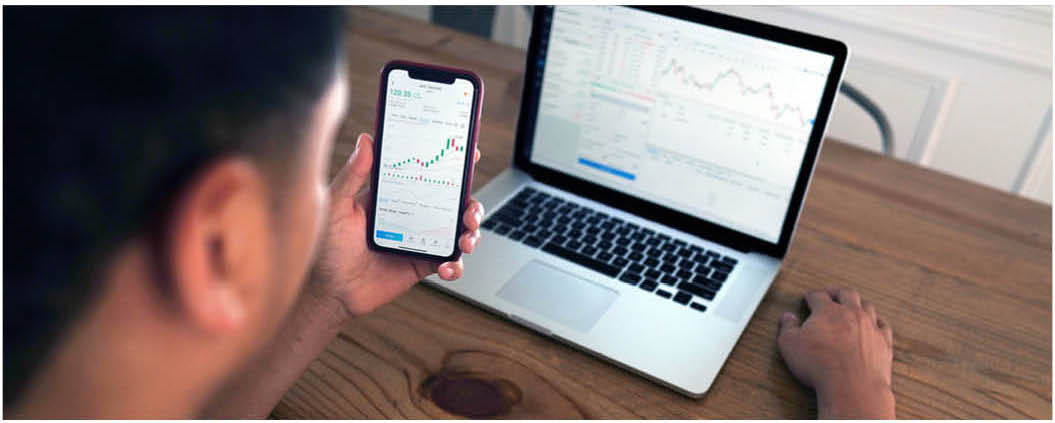THIRD QUARTER 2022 INVESTMENT COMMENTARY
MARKET RECAP
After a very difficult first half of the year, equity markets rebounded in July and August on investor hopes of an easing in inflation and a Fed pivot or pause. The reprieve was short-lived however, as stocks hit fresh lows in late September amid further aggressive central bank rate hikes and statements of further tightening to come.
Global stocks (MSCI ACWI Index) fell 6.82% for the quarter and are down 25.63% for the year. The S&P 500 dropped 4.88% for the quarter and is down 23.87% for the year. Developed international markets (MSCI EAFE Index) fell 9.36% for the quarter and 27.09% YTD. Emerging Market stocks (MSCI Emerging Markets Index) dropped 11.57% for the quarter, and down 27.16% YTD.
Foreign stock market returns for U.S. dollar-based investors were exaggerated by the sharp appreciation of the dollar. The U.S. Dollar Index was up 7.1% for the quarter and a stunning 17.3% on the year, hitting a 20-year high. The MSCI EAFE Currency Hedged Index return this year is -13.0% vs. -27.1% unhedged; and the MSCI EM Currency Hedged Index has lost about six percentage points less than the MSCI EM Index unhedged (our benchmark). Weakening of the U.S. dollar would be a major tailwind for unhedged foreign equity returns going forward.
Core investment-grade bonds didn’t avoid negative returns in Q3. The 10-year Treasury yield hit a decade high of 3.97%, causing the Bloomberg U.S. Aggregate Bond Index to drop 4.75%. This puts the Bloomberg U.S. Aggregate Bond Index down 14.61% for the year to date. In other segments of the fixed-income markets, high-yield bonds (ICE BofA Merrill Lynch U.S. High Yield Index) dropped 0.69% and floating rate loans (Morningstar LSTA Leveraged Loan index) gained 1.37% for the quarter. For the year to date, floating rate loans have been one of the best performers, down just 3.25%.

PORTFOLIO UPDATE
It was a challenging quarter for traditional stock and bond investments. While absolute performance was disappointing, we were able to soften the blow somewhat with investments in “non-traditional” asset classes such as flexible bond funds, floating rate loans. We seek to balance our risk and return objectives by creating diversified portfolios, and many of these “non-traditional” investments have been bright spots in this tough year. Floating rate loans, whose coupons adjust with changes in interest rates, were one of the best performing asset classes in the third quarter.

INVESTMENT OUTLOOK AND PORTFOLIO POSITIONING
The Fed’s response to the spike in inflation has been to aggressively raise interest rates — their only means of slowing economic activity and reduce aggregate demand which in turn will bring inflation in line with their longer-term targets. This has been the main catalyst for the steep declines in both stocks and bonds.
While headline CPI inflation (which includes food and energy) seems to have peaked, core inflation measures have continued to rise and are far above the Fed’s 2% target. This indicates inflationary pressures have become more widespread throughout the economy, rather than driven by a few extreme outliers as in 2021.
Some of this broad-based core inflation is still due to the initial “transitory” COVID-related supply-side disruptions and production/distribution bottlenecks, which central banks can’t do anything about. The good news is that many of these supply-chain disruptions are dissipating as the pandemic recedes globally. However, the demand-side drivers of core inflation in the U.S. have not yet peaked, let alone demonstrated the consistent month-over-month declines that Fed Chair Jerome Powell says the Fed is looking for as “clear evidence” inflation is headed to their 2% target. As such, and as expected, the Fed has continued its path of rate increases and has signaled there is more to come.
We believe the Fed’s policy of higher interest rates will eventually slow down GDP growth, increase unemployment and bring down inflation. The odds the Fed can engineer an economic soft landing — where the U.S. economy slows sufficiently to tame inflation but does not fall into a recession — are increasingly slim. Historically reliable indicators, including the Leading Economic Index and an inverted yield curve, point strongly toward a recession, which is now our base case scenario for the next 12 months.
Our focus is on longer-term fundamentals and valuations, and we are not in the business of making shorter-term bets on the markets. However, our analysis tells us that at current valuation levels, stocks may not be adequately discounting the potential for further earnings declines, and that has led us to revise some of our underlying assumptions and reduce the return we expect from stocks over our five-year horizon.
At the same time, the sharp increase in interest rates this year has driven bond yields up to more attractive levels — more attractive than they have been in about a decade. On a relative basis, core investment-grade bonds now look much better versus stocks than at the start of the year. Further, core bonds provide good downside protection, which would be especially helpful if conditions turn out to be worse than currently anticipated. For these reasons, we are making a modest shift to our target allocations to increase core bonds and reduce equities. It is possible stocks will decline further and reach levels that make them highly attractive for the long-term, and as always we will be looking at adding to equities at that time.
As always, we thank you for your trust and welcome questions you may have.
Best Regards,
-The Owen Legacy Group
Discalimers: This document is provided by iM Global Partner Fund Management, LLC (“iMGPFM”) for informational purposes only and no statement is to be construed as a solicitation or offer to buy or sell a security, or the rendering of personalized investment advice. There is no agreement or understanding that iMGPFM will provide individual advice to any investor or advisory client in receipt of this document. Certain information constitutes “forward-looking statements” and due to various risks and uncertainties actual events or results may differ from those projected. Some information contained in this report may be derived from sources that we believe to be reliable; however, we do not guarantee the accuracy or timeliness of such information. Investing involves risk, including the potential loss of principal. Any reference to a market index is included for illustrative purposes only, as an index is not a security in which an investment can be made. Indexes are unmanaged vehicles that do not account for the deduction of fees and expenses generally associated with investable products.
The Financial Advisor sending this publication may have specifically noted authorship of this publication. All expression of opinion reflect the judgement of the author as of the date of publication. The opinions and comments expressed may not accurately reflect those of D.A. Davidson. Neither the information nor any opinion in this publication constitutes investment or securities advice nor is it a solicitation or offer by D.A. Davidson or its affiliates to buy or sell any securities, options, or other financial instruments or provide any investment advice or service. Financial Advisors are available to discuss the ideas, strategies, products and services described herein, as well as the suitability and risks associated with them. D.A. Davidson & Co. does not provide tax or legal advice. Questions about the legal or tax implications of any of the products or concepts described should be directed to your accountant and/or attorney. D.A. Davidson & Co. is a full-service investment firm, member FINRA/SIPC.